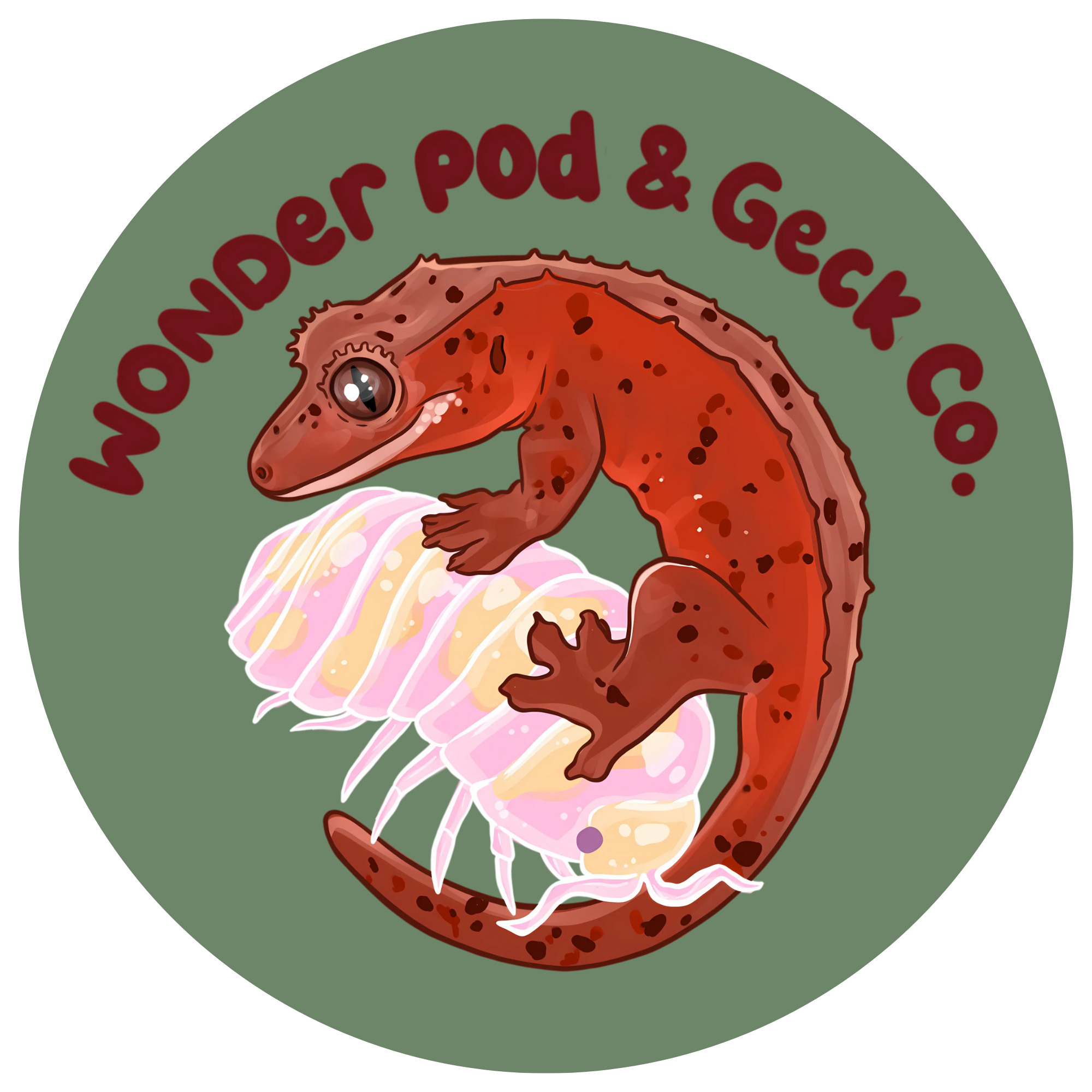🌱 Soil Recipe
Here’s my specific mix for the perfect isopod habitat:
- 3 parts organic topsoil
- 1.5–2 parts shredded sphagnum moss
- 1.5 parts rehydrated wood chips
- 1 part horticultural charcoal
- 1/2 part worm castings
- 2 parts crushed leaf litter
Mix it well, top it with more leaf litter, bark, and plants, and you’ve got an isopod paradise! Don’t forget the springtails!
Isopod Care for Terrariums
Moisture Gradient
The most important factor when caring for isopods is providing a moisture gradient. This means creating a more humid side and a drier side within the terrarium. You can easily achieve this by placing wet sphagnum moss on one side, while leaving the other side drier. Additionally, moisture-retaining soil is beneficial, but avoid keeping the soil too saturated to prevent the isopods from drowning.
Ventilation
Most isopods do well with little ventilation, but an open terrarium provides better air circulation. If you're using a closed terrarium, open it once or twice a week to allow fresh air in. In an open terrarium, make sure the opening is high enough to prevent isopods from escaping. You may need to mist more frequently to maintain the right humidity for both the isopods and any plants inside.
Feeding
Isopods feed on decaying organic matter such as dead leaves, fungi, and even animal waste. It's a good idea to add leaf litter or other botanicals to give them additional food sources. If your isopods are breeding, you may need to supplement their diet with vegetables, rice, fish food flakes, or even pet food. Be sure to remove any uneaten food after 24-48 hours to keep the terrarium clean.
